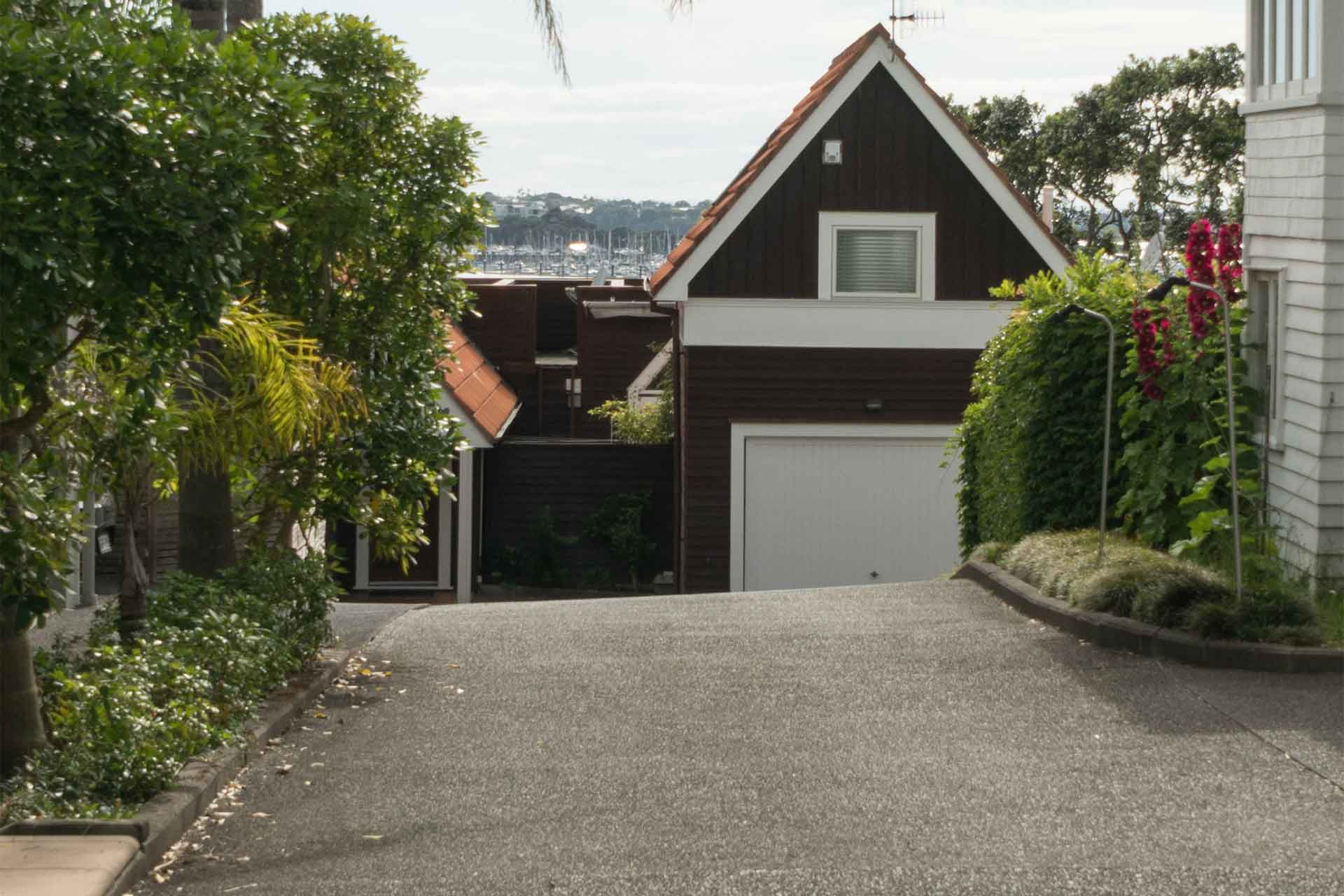Property Speaking, Autumn 2024, No 45
Welcome to the first issue of 2024 for Property Speaking.
We hope you enjoy reading this e-newsletter and that you find the articles to be both interesting and useful.
To talk further about any of these articles, or indeed any property law matter, please don’t hesitate to contact us – our details are on the top right of this page.
Easements
Rights of way, draining sewage
An easement is an instrument registered on the title to your property that allows another party, usually your neighbour, to use the part of your property specified in the easement. In this article we explain the types of easements, their maintenance and repair, and your obligations, and what can happen if there are issues around costs and who pays.
Types of easements
The most common form of easement is a right of way; these are often used where two neighbours share a common area such as a driveway. Other easements include rights to drain sewage and water, and to convey gas or electricity. These last two rights are common where different utilities need to cross through (under the ground) another person’s property to get to yours.
These easements are registered on your record of title for the benefit of one or more other neighbouring landowners. Landowners who have the benefit of an easement will also have an interest registered on their title noting that their land has the benefit of an easement.
Some easements, called ‘easements in gross,’ are registered against a record of title for the benefit of a local or territorial authority such as your local council or for utility companies. Easements in gross are commonly used to facilitate local councils’ installation of water and sewage, and connecting the drain and sewage systems from roads to each individual property. In respect of a utility provider, an easement in gross allows the provision of electricity to a number of properties from the main grid.
Who is responsible for maintenance and repairs?
Disputes most commonly arise when it comes time to repair a shared driveway, or when a pipe bursts and a water easement is disrupted and one or more properties find they are without water. Often the first question for parties involved in this situation is – who is responsible for the cost?
The Land Transfer Regulations 20181 set out the rights, powers and obligations of parties in respect of easements. Where more than one party has use of the easement, each party is responsible for an equal share of the costs of repair or maintenance of that easement. This applies across all types of easements except for easements in gross where the grantee (the council or other body getting the benefit of the easement) is responsible for the full cost of repairs and maintenance.
There are a couple of exceptions to the equal sharing of maintenance and repair costs that we have set out above. The first exception is where one user of the easement causes the damage to the easement area. This may occur where one party engages contractors who cart heavy machinery up and down a shared driveway over a period and damage the drive. In that instance, it would be for the owner using the easement who engaged the contractors to bear the cost.
The other exception is where the parties using the easement agree to different proportions of liability for an easement. An example is where a number of properties access a long shared driveway but one access is near the beginning, close to the road and the other is, say, 800 metres further up. It is common for these parties to agree to share the costs equally to the shortest user’s gate and then for the back property to be solely responsible for maintenance and repairs to their driveway past that point. The basis for departing from these rules is that one user of the easement is using much more of the total area than the others and so the parties can agree that they will contribute in unequal shares.
In some circumstances, disproportionate shares are recorded in the easement instrument registered on the title.
Paying or completing the repairs?
If repairs are required to enable the users of an easement to continue to benefit from it and the landowner whose land is subject to the easement won’t cooperate, the Regulations provide a right of access for any person or their contractors in order to complete works for repairs. Before going onto the property, however, you must give the owner reasonable notice that you intend to access the property to complete the works and cause as little disturbance to the land or the owner as possible.
If the owner who caused the damage still won’t pay for the easement area to be fixed, the Land Transfer Regulations set out the dispute resolution process to be followed in order to resolve an ongoing issue.2
This involves engaging an arbitrator to determine the appropriate outcome; this should only be considered as a last resort.
Understand your obligations
It is important to understand your rights and obligations relating to easements whether you own the land ‘burdened’ by the easement or are simply a neighbour who takes benefit from it. The Regulations are a great starting point but, before you take any steps to enforce your rights or before you buy a property that grants or gains a benefit from an easement, you should talk with us to ensure you are acting within the law.
1 Schedule 5.
2 SR14 Schedule 5, Land Transfer Regulations 2018.



